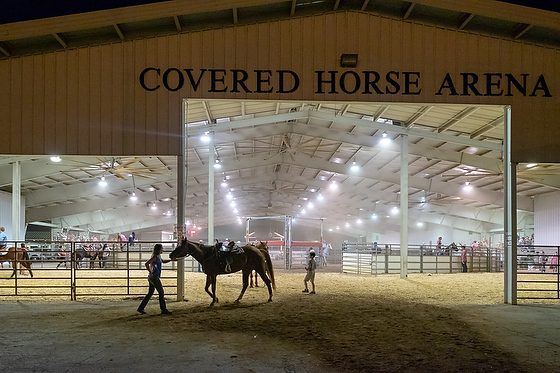
This past weekend I was asked to join the UGA Photojournalism workshop in Perry, Georgia as they covered the State Fair. I was asked to serve as a coach to the students.
These are very bright students who many have only been shooting with a DSLR for less than a year. Prior to buying their first DSLR they were just using their smartphones.

They are still learning about their cameras and how to use some of the creative tools of Aperture & Shutter Speed to help in their storytelling. They were also learning how to capture stories in a visual way.

After spending time at the Fair shooting, we asked them to come back to our meeting room and download their photos and get some critiques from the coaches before going back. They were doing this every couple hours from 7:30 am to 11:30 pm. Many of the students walked some 6 to 10 miles covering the fair and getting back and forth to our meeting room.

There was one common theme that I was talking to the students about over and over. I could tell from their photos a couple things. They needed to get physically closer and they need to talk more to their subjects and get to know them. The photos were very distant physically and emotionally.
Well I have been teaching this for 30+ years and then on Saturday I finally found the phrase in my thoughts to articulate this concept to the students.

Every one of the instructors were all saying how we often leave our cameras in our car and build relationships first and then get our gear. Well they were not able to do this at the fair. They had to carry their camera gear all the time. So how to tell them some concept that will help them see what they need to do was my problem.

I also needed to help them know how to shoot a variety of images using their widest lens to the tightest lens.
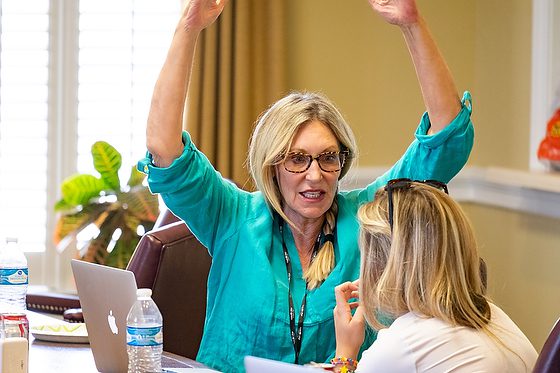
“Forget the camera right now. See how we are sitting beside each other?” I said to a few students. Then I would move my chair a few feet from them. “Which feels more intimate?” You need to start by talking with the person I said. Then it is much easier to start with your wide angle lens to capture them up close and intimate.
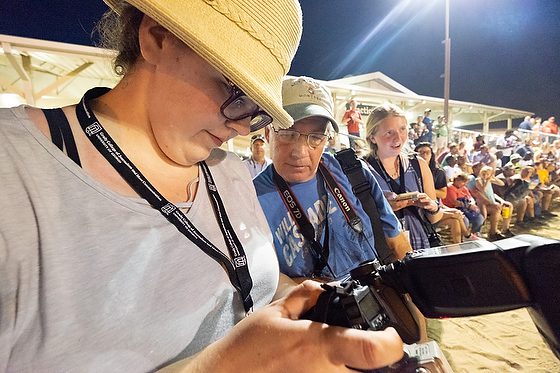
While I was talking about this concept with a student, I had the “Ah Ha Moment”.
“Talk your way in and then shoot your way out,” was coming out of my mouth. I wish I had thought of saying it this way many years ago.
I explained the benefits of this process.
First, I watched many students spend time shooting and then when they asked for their names the people didn’t want to help them. Had they started with talking first then they would have saved a lot of time.
You introduce yourself and tell them you want to make their photos and would they mind.
Second, by taking some time to listen to the person and exploring their story you could look for opportunities that might work much better visually than text alone would.
Not talking to someone and shooting before you get their information can have you treating them as objects and not human if you are not careful. Talking to them helps avoid this problem.
Third, now that you have been talking it is easier to pull out the widest lens and make some photos up close. You are sitting or standing next to them.

Lastly, but most important you are now able to concentrate on capturing people in relationship with other and at the state fair–Livestock!
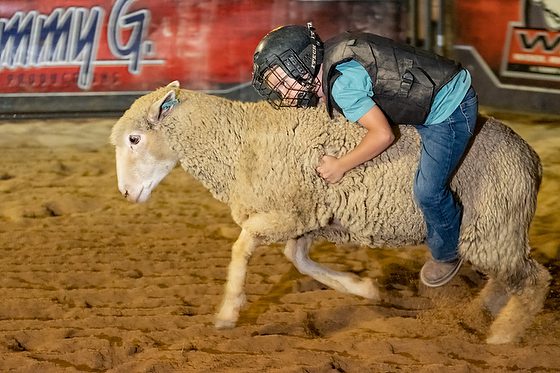
Once you have spent some time getting to know someone it is much easier to build a shot list in your head or write it down if you need.
SUGGESTED SHOT LIST
Opener: Sets the scene for the story
Decisive moment: The one moment that can by itself tell the story
Details: Besides being like visual candy to the story, help often with transitions–especially in multimedia packages
Sequences: give a little variety to a situation
High overall shot: Gives a good perspective to how the elements all fit together
Closer: Besides the classic shot of the cowboy riding off into the sunset there are other visual ways to help bring the story to a close
Portraits: These photos are great for introducing the characters of the story
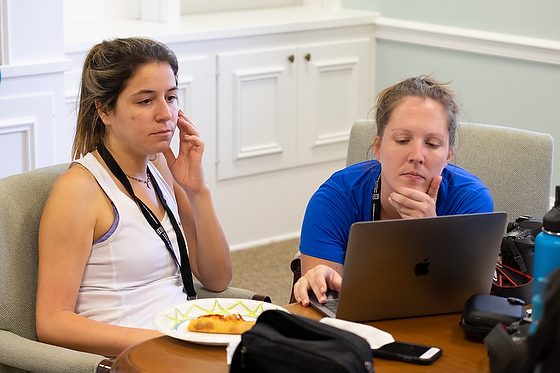
Now my mantra for all future teaching of photojournalism and storytelling is:
Talk Your Way In, Shoot Your Way Out
